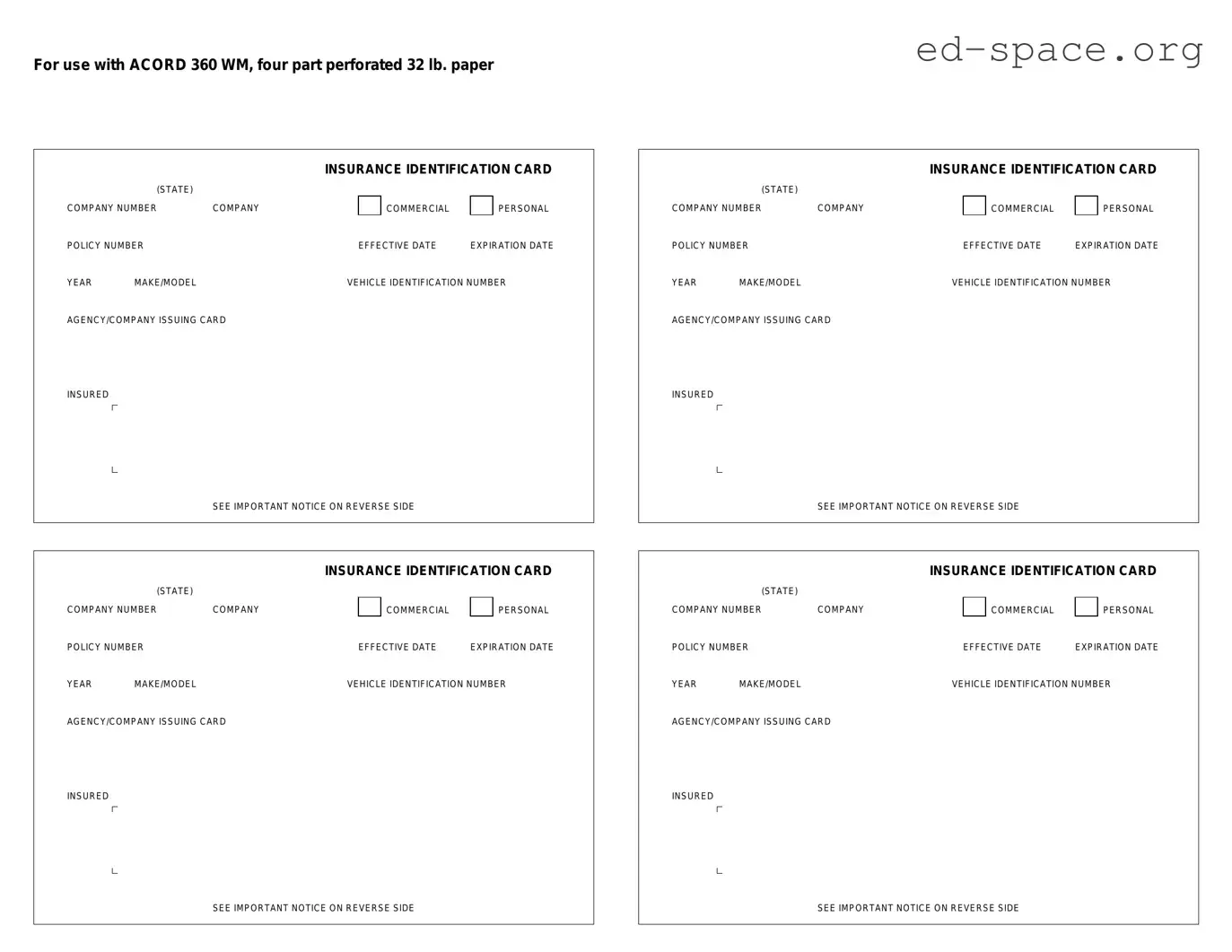What is the Acord 50 WM form?
The Acord 50 WM form, often referred to as a Certificate of Liability Insurance, is an important document in the insurance industry. This form verifies that an insurance policy has been issued to the insured, summarizing the key aspects and conditions of the policy, such as the type and limit of coverage. It's frequently used to provide proof of insurance coverage to third parties, ensuring compliance with various legal and contractual obligations.
Who needs an Acord 50 WM form?
Anyone required to prove they have liability insurance may need an Acord 50 WM form. This includes businesses of all sizes, contractors, and professionals across various industries. It's particularly necessary when entering into contracts, leasing property, or fulfilling regulatory requirements that mandate proof of insurance coverage.
What information is included on an Acord 50 WM form?
Typically, the Acord 50 WM form includes details about the insured party, the insurance agency or broker, the insurance company providing coverage, and details of the insurance policy itself. This would encompass the policy number, effective dates, types of coverage, coverage limits, and possibly additional insureds or specific endorsements.
How do I get an Acord 50 WM form?
Acord 50 WM forms are provided by insurance companies or their agents. To obtain one, contact your insurance provider and request it. You may need to provide details about the specific coverage information you need to be listed or any third parties that require the certificate.
Does the Acord 50 WM form cost anything?
Typically, there's no additional cost for an Acord 50 WM form. Insurance providers usually offer this form as part of their service. However, it’s always wise to check with your specific insurer as policies and practices may vary.
Is the Acord 50 WM form legally binding?
While the Acord 50 WM form serves as proof of insurance, it is itself not a contract and does not alter or amend the coverage outlined in the actual insurance policy. It's mainly informational and verifies that a policy is in place as described, but the terms of the insurance contract govern the coverage.
Can an Acord 50 WM form be modified?
Any changes to the information on an Acord 50 WM form require the issuance of a new form. This is because the form reflects the specifics of the insurance policy at the time of issuance. If there are changes to the policy or to the details required by the party requesting proof of insurance, a new form must be obtained from the insurance provider to reflect these updates accurately.


